- Home
- About Us
- Products
-
Heat-Pump Dehumidifier DeAir
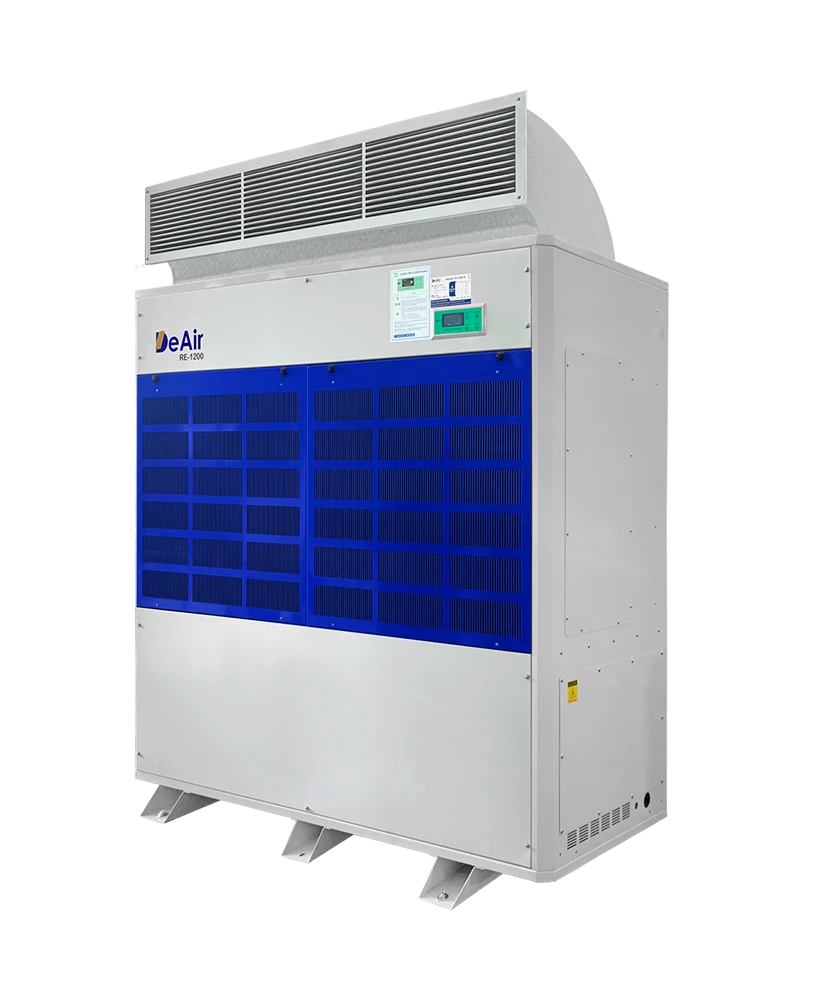 DeAir.RE
DeAir.RE -
Heat-Pump Dryer DeAir.RE-H
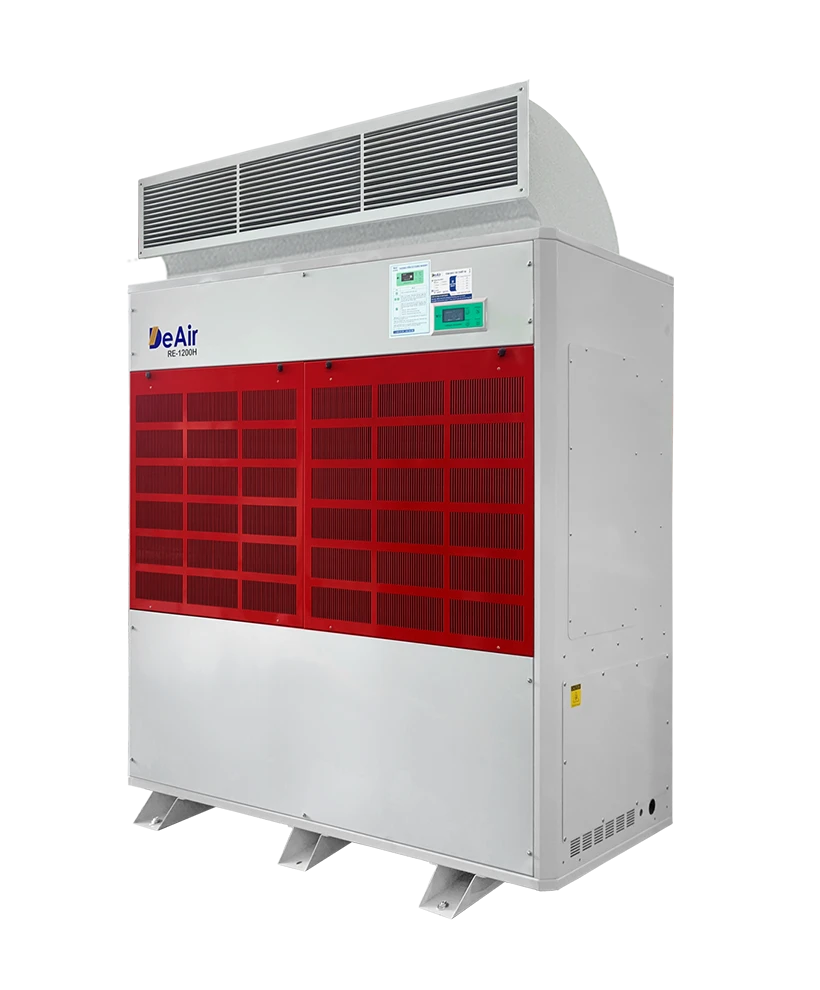 DeAir.RE-H
DeAir.RE-H -
Heat-Pump Stainless Steel Dehumidifier
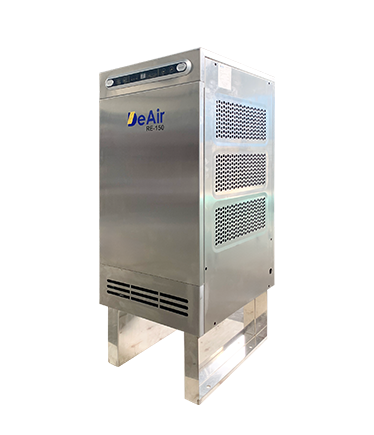 DeAir.RE-INOX
DeAir.RE-INOX -
Heat-Pump Isothermal Dehumidifier DeAir.CRE
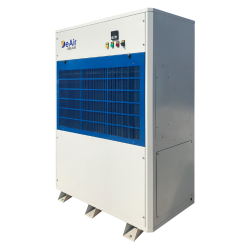 DeAir.CRE
DeAir.CRE -
Dezenno Dehumidifier
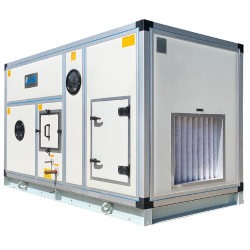 Dezenno
Dezenno -
Heat-Pump Ceiling Mounted Dehumidifier DeAir
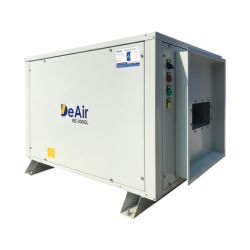 DeAir.RE-CL
DeAir.RE-CL -
Dehumidifier Olmas
 Olmas-OS
Olmas-OS -
Industrial Humidifier DeAir
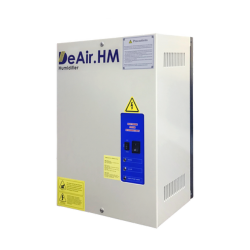 DeAir.HM
DeAir.HM -
Heat-Pump Dryer Daxwell
 Daxwell
Daxwell -
Electric Duct Heater DeAir
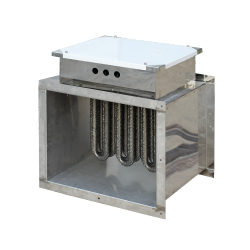 DeAir.Heat
DeAir.Heat -
Air Handling Unit Dezenno.MAX
 AHU
AHU
-
- Services
- Projects
- Warranty – Maintenance
- News
- Contact
Dehumidifier Placement: The A-Z Guide to Maximize Efficiency & Save Electricity
13/08/2025
Dehumidifier Placement: The A-Z Guide to Maximize Efficiency & Save Electricity
Controlling humidity is one of the top priorities to protect health, property, and electronic devices. Especially in Vietnam, with its tropical monsoon climate and high average annual humidity, using a dehumidifier is an essential solution. However, if you think simply turning on the machine is enough, you've overlooked a crucial factor: dehumidifier placement.

The machine's placement not only directly affects its dehumidification efficiency but also impacts its lifespan and monthly electricity bill. So, where should you place a dehumidifier for the best results? This article will provide you with the most detailed and comprehensive answer.
1. Why Is Dehumidifier Placement Important?
Placing a dehumidifier in the wrong location can lead to serious consequences you might not expect:
- Affects efficiency: A dehumidifier works by circulating air. If the airflow is obstructed, the machine cannot remove moisture from the room effectively, leading to reduced performance.
- Wastes electricity: With low efficiency, the machine has to work longer and at a higher power level to achieve the desired humidity, resulting in significant electricity waste.
- Reduces equipment lifespan: A machine that operates under a constant overload for a long time will shorten the lifespan of components like the compressor or fan, leading to damage and repair costs.
- Safety risk: Placing the machine in unsafe locations can cause short circuits or fires, especially if it's near water sources or flammable materials.
2. The "Golden" Rules for Choosing a Dehumidifier Location
Here are 5 basic and most important principles you need to remember:
- Place it in the center of the room: The ideal position is in the center of the room or the area with the highest humidity. This allows the dehumidifier to circulate air from all sides, ensuring maximum efficiency.
- Keep it away from walls and objects: Make sure there is a space of at least 30-50cm around the machine. This allows air to be drawn in and expelled freely, without obstruction.
- Avoid continuous external moisture sources: Do not place the machine near open windows or doors. Moisture from these sources will continuously enter the room, causing the machine to work overtime and not achieve efficiency.
- Place on a flat, stable surface: Place the machine on a flat, dry floor to prevent shaking and noise. Also, ensure the machine is always upright to avoid water leakage.
- Place it higher than the floor (if possible): This optimizes moisture removal in spaces with high humidity.
3. Optimal Dehumidifier Placement for Each Type of Space
Each space has its own characteristics, so the machine's placement needs to be flexible to achieve the highest efficiency:
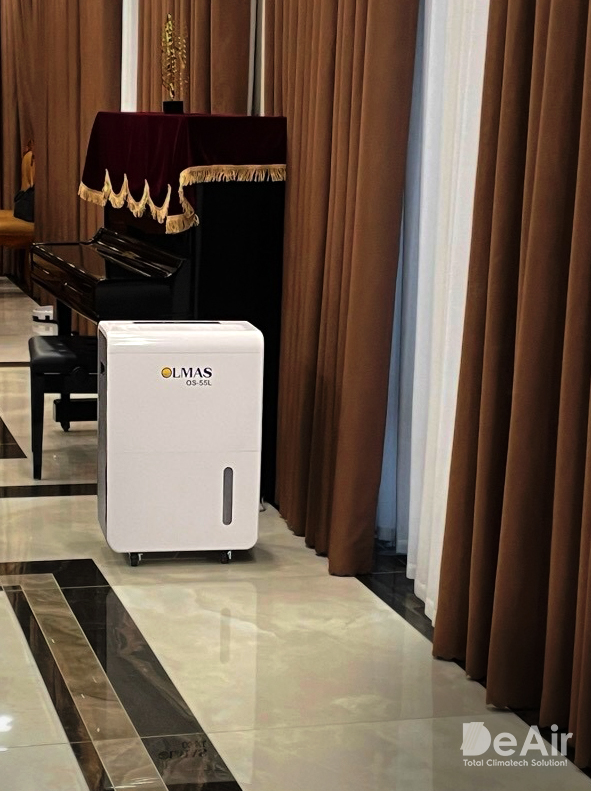
3.1. Living Room and Bedroom
These are the main living spaces that need humidity control to protect health and electronic devices. The best position is in the center of the room, away from walls or large objects like sofas or curtains. For bedrooms, place the machine away from the bed to avoid noise causing discomfort.
3.2. Warehouses, Cold Storage, and Factories
For industrial areas, humidity control is crucial for preserving goods, raw materials, and ensuring product quality. Depending on the area and specific industry (electronics, textiles, food...), the machine's position will be calculated by experts. DeAir's industrial dehumidifier systems, featuring Copeland compressor technology and low-noise centrifugal fans, along with effective corrosion resistance, are the optimal solution for these spaces.
To learn more about specialized solutions, you can refer to our articles on Warehouse Humidity Control or Industrial Dehumidifiers suitable for large-scale production.
3.3. Basements, Garages, and Storage Rooms
These are often damp and dark places, an ideal environment for mold growth. You should place the machine near the most humid area in the room (such as a damp wall corner or an area where moisture rises from the floor). High-capacity Olmas and DeAir dehumidifiers with a mobile design that is easy to move will be the perfect choice. A specialized solution for these areas can be found at Dehumidifiers for Basements.
4. Infographic: 3 "Golden" Dehumidifier Placement Spots
💡
Position 1: Center of the room
Good air circulation, even dehumidification throughout the space.
✅
Position 2: Away from walls & objects
A 30-50cm gap helps the machine work efficiently without obstruction.
⚠️
Position 3: Near a localized moisture source
Prioritize treating moisture at the source, especially in basements or damp corners.
5. Additional Tips from a DeAir Expert
- Close doors and windows: While dehumidifying, you should close windows and doors to prevent outside moist air from entering, helping the machine achieve efficiency faster and save electricity.
- Regular maintenance: Regularly clean the air filter, water tank, and other components to ensure the machine runs smoothly.
- Set ideal humidity: According to experts, the ideal humidity for living and production spaces should be in the range of 40-60%. Humidity above 70% creates conditions for mold and bacteria to grow, while humidity below 40% can cause dry skin and affect respiratory health. This information is also mentioned in health studies, for example on the website Lao Dong Newspaper regarding the dangers of high humidity.
Conclusion
Choosing the correct dehumidifier placement is the first and most important step to optimize the machine's operation, save electricity, and extend its lifespan. I hope these detailed instructions will help you scientifically arrange your dehumidifier in your space.
GET A QUOTE FOR HIGH-CAPACITY MACHINES IN THE NORTHERN REGION
To effectively combat high humidity in large-scale factories, plants, and warehouses in the Northern region, choosing a supplier with a local presence and technical team like DeAir is the smartest decision. Contact us now for a consultation and a detailed quote!
DEAIR JOINT STOCK COMPANY
Email: operation@deair.com.vn
Hotline: 0925 977 579 (Ms. Tâm) | 0914 205 850 (Ms. Hòa)
Sign up for news from DeAir
Related news






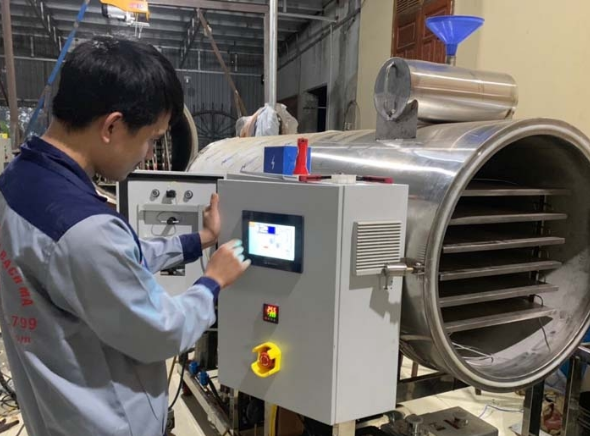



![[Case Study] DeAir Installs DeAir.De Rotor Humidity Control System for Pharmaceutical Plant in Binh Duong [Case Study] DeAir Installs DeAir.De Rotor Humidity Control System for Pharmaceutical Plant in Binh Duong](https://deair.com.vn/thumbs/news/2023_04/ban_giao_may_cho_duoc_bd/[270x153-cr]image1-1024x772.jpg__cv.webp)

![[Review & Guide] Olmas OS-300: The New Humidity Control "Warrior" for Medium to Large Warehouses [Review & Guide] Olmas OS-300: The New Humidity Control "Warrior" for Medium to Large Warehouses](https://deair.com.vn/thumbs/news/huong_dan_su_dung_may_olmas_21/[270x153-cr]vtm06440.png)